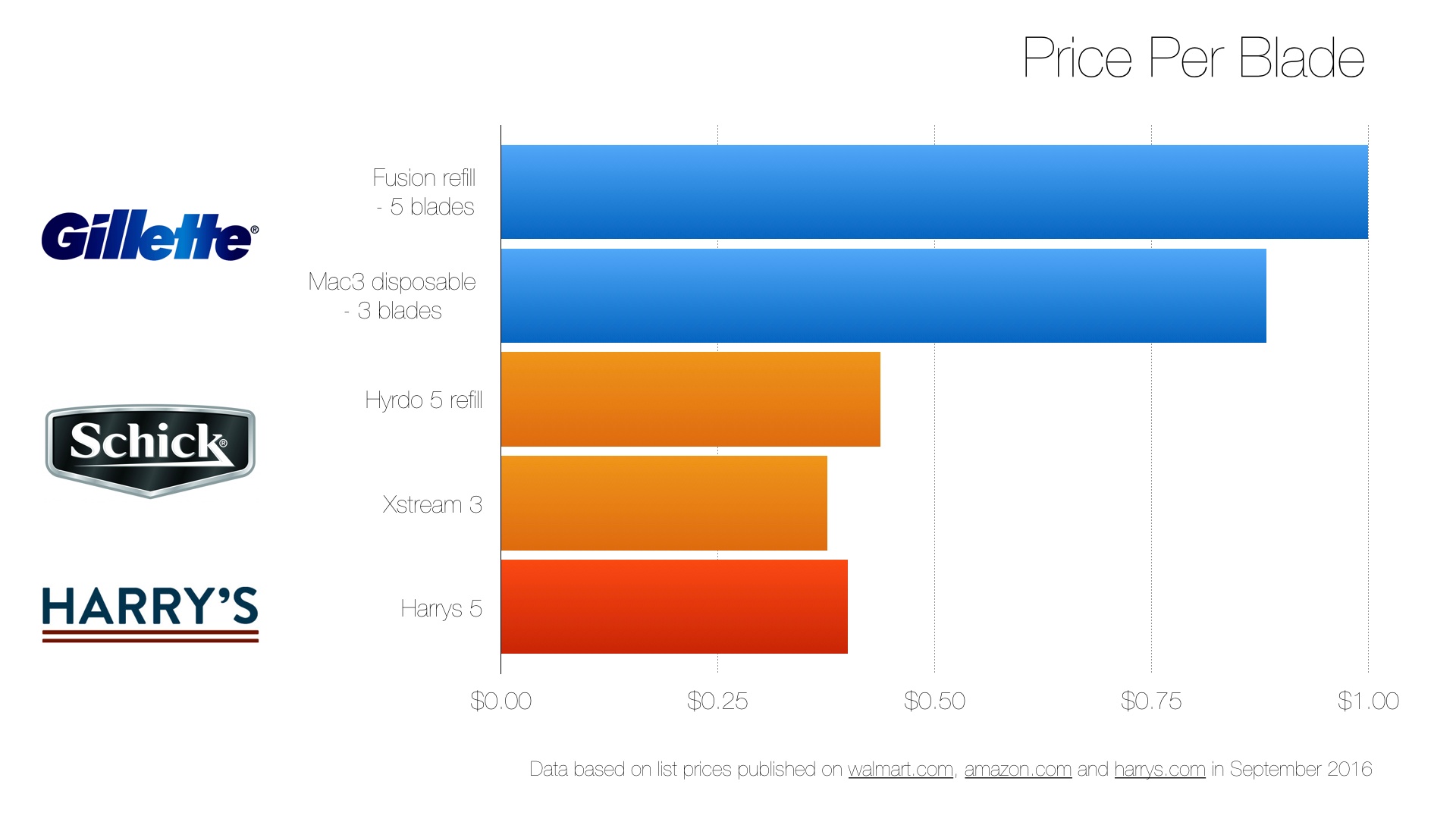Communicating Price Increases: The Power of Dialogue
 PriceBeam
·
3 minute read
PriceBeam
·
3 minute read

Fact: Most companies should increase their prices.
Increasing prices can be daunting, and is certainly not a fun thing to do. Customers will get angry, some will have feelings of betrayal, and there is lots of uncertainty and risk. Just how angry will your customers get? And to what extent will this anger translate into churn?
Consequently, price increases tend to be postponed or avoided, despite the obvious opportunity for a profit increase.
Chances are you are not like most companies, and therefore shouldn’t increase your prices. Doing preliminary pricing research is essential so that your price increase is an informed decision, and not just based on your intuition.
Find out if it’s time to increase prices
If you find that you SHOULD increase prices, then you will need to break it to your customers eventually. This article is about just that: effectively breaking a price increase to customers.
In particular, we will discuss the power of information.
Using Dialogue & Information to Soften the Blow
If you’re increasing prices, there is no way of getting around it. You will have to make sure your announcement is clear and to the point. We have discussed this matter in-depth in a different article, which you can find right here.
When your customers open the email, some will shrug their shoulders and live with it, and some will get so furious. You need to make sure you help those furious customers ice the wound. And this is where ‘information’ is important.
The importance of providing information when delivering bad news.
Study: Boston Consulting Group decided to look into how providing information when delivering bad news affected the attitudes and loyalty of those affected. They analyzed the announcements that were sent out to employees after mass layoffs, and saw a clear negative correlation between the amount of information that was supplied in the announcements and employee theft (which was used as the parameter for employee attitudes). In other words, when employees received information about the reason behind the mass layoffs in great detail, they would be much more likely to accept and understand the decision, even though this information didn’t change the decision, nor did it change the likelihood of a similar situation happening in the future (i.e. no ‘promises’ in this information). Particularly successful firms would continue to follow up with employees with updates about the mass layoffs, hereby creating transparency in the process.
This has interesting implications for managers who just announced a price increase to their customers. Not only do we advise that information plays a central role in the announcement itself, but also in the aftermath. Some companies may think that once the increase has been announced, it’s best to refrain from ever mentioning it again – wrong. If the price increase is significant, it will be on their mind whether you mention it or not. And if you fail to engage in dialogue, this may even reinforce the anger they’re holding back, which will accumulate and eventually, the customer decides to stop buying your product or service.
Sometimes, simply asking the customer how they feel about the situation and how they intend to proceed: no need to sound like their therapist, just ask if they have any questions about the recent price increase. Typically, angry customers will use this as an opportunity to unleash their frustrations onto you, which will give you basis for a dialogue about their concerns.
Moreover, this will help you identify customers that need to be grandfathered in, those that will definitely not accept the price increase – and doing this requires dialogue. Often, those that speak up are not the price sensitive customers. Price sensitive customers just stop buying your product, and look for a substitute immediately, as this is very natural to them. Loyal customers with low price sensitivity are the ones that obtain great disutility from switching brands/suppliers, which is why they speak up.
Finally, the aftermath of a price increase can be a good time to drop a few extra value propositions to the customer – but please do not make it look like you’re trying to ‘change the subject’ away from the price increase. Preferably even refer to the price increase in order to create context; e.g.
“We thought you should let you in on why some of our costs have increased. Recently, we’ve made investment X, and while it is a big investment, we have no doubt it will pay off in terms of customer benefit Y and customer benefit Z.”
What you DON’T want to do is sending out a lame promotional statement the day after a price increase, such as this: “DID YOU KNOW that our product offers Customer Benefit Y and Z? HOW great is that?” In seems obvious, but it’s actually more common than you’d think!
Be smart and be human – that’s the best way to mitigate the effects of a price increase.
.png?width=400&height=100&name=PBLogoTransparent%20(1).png)



